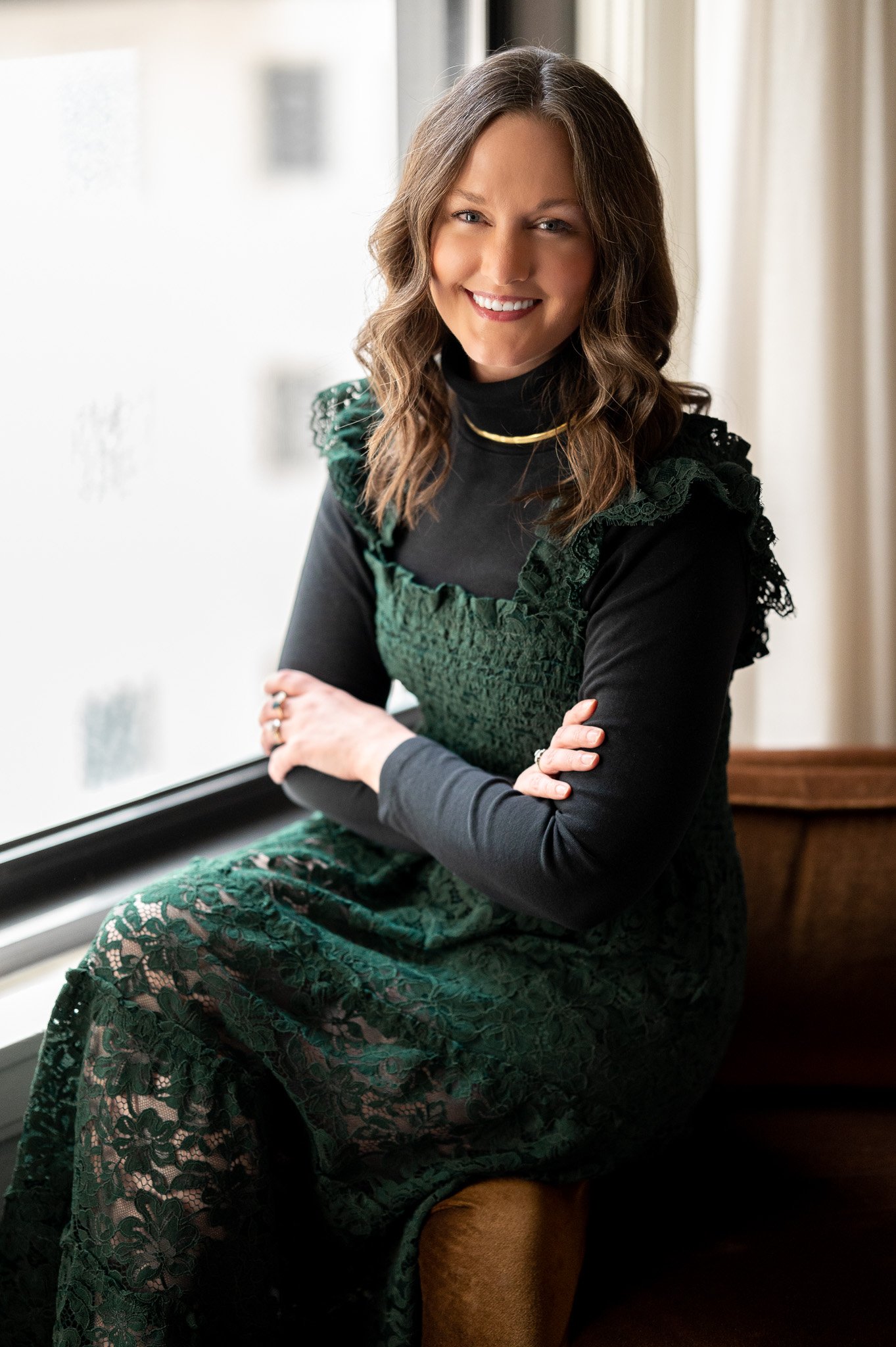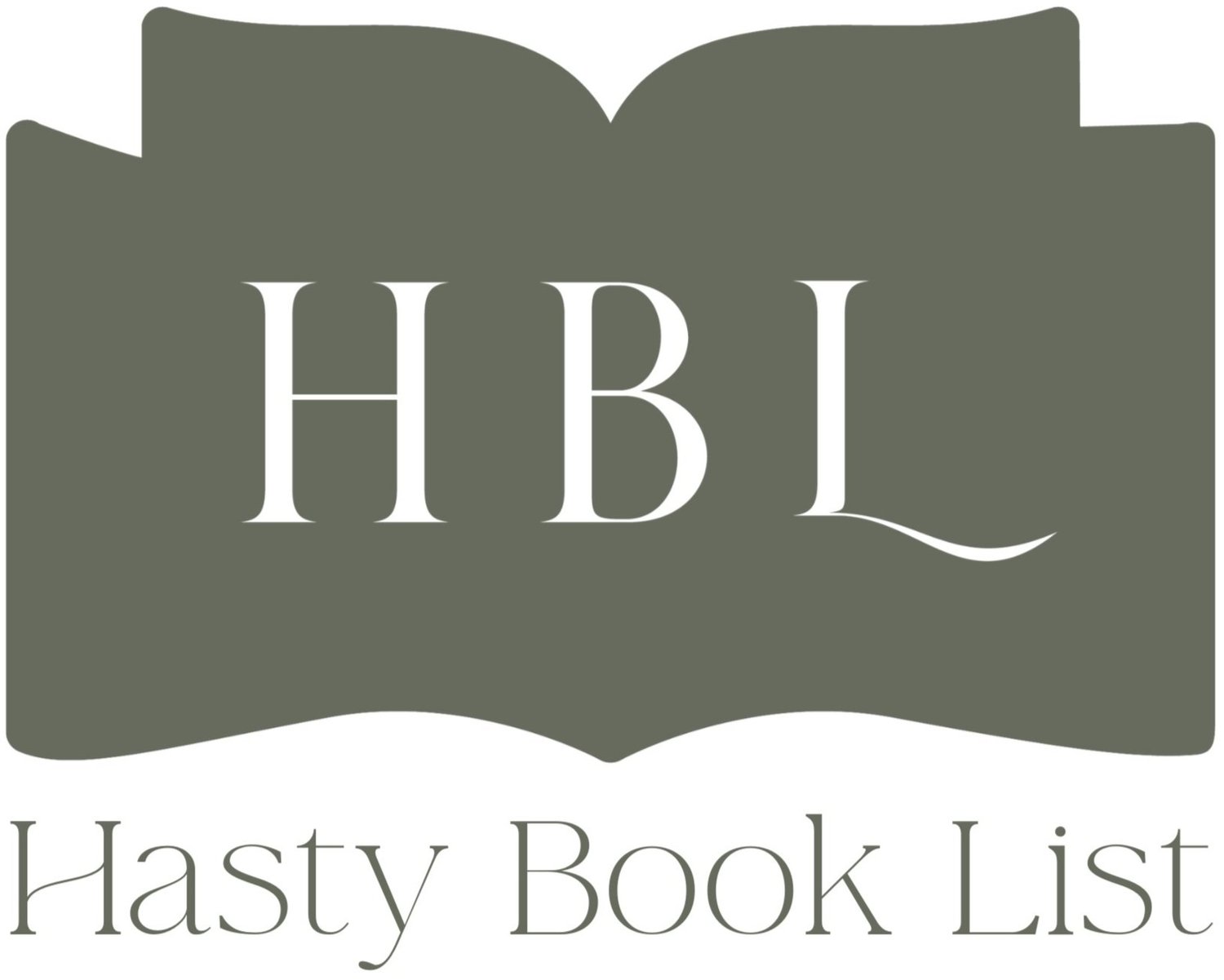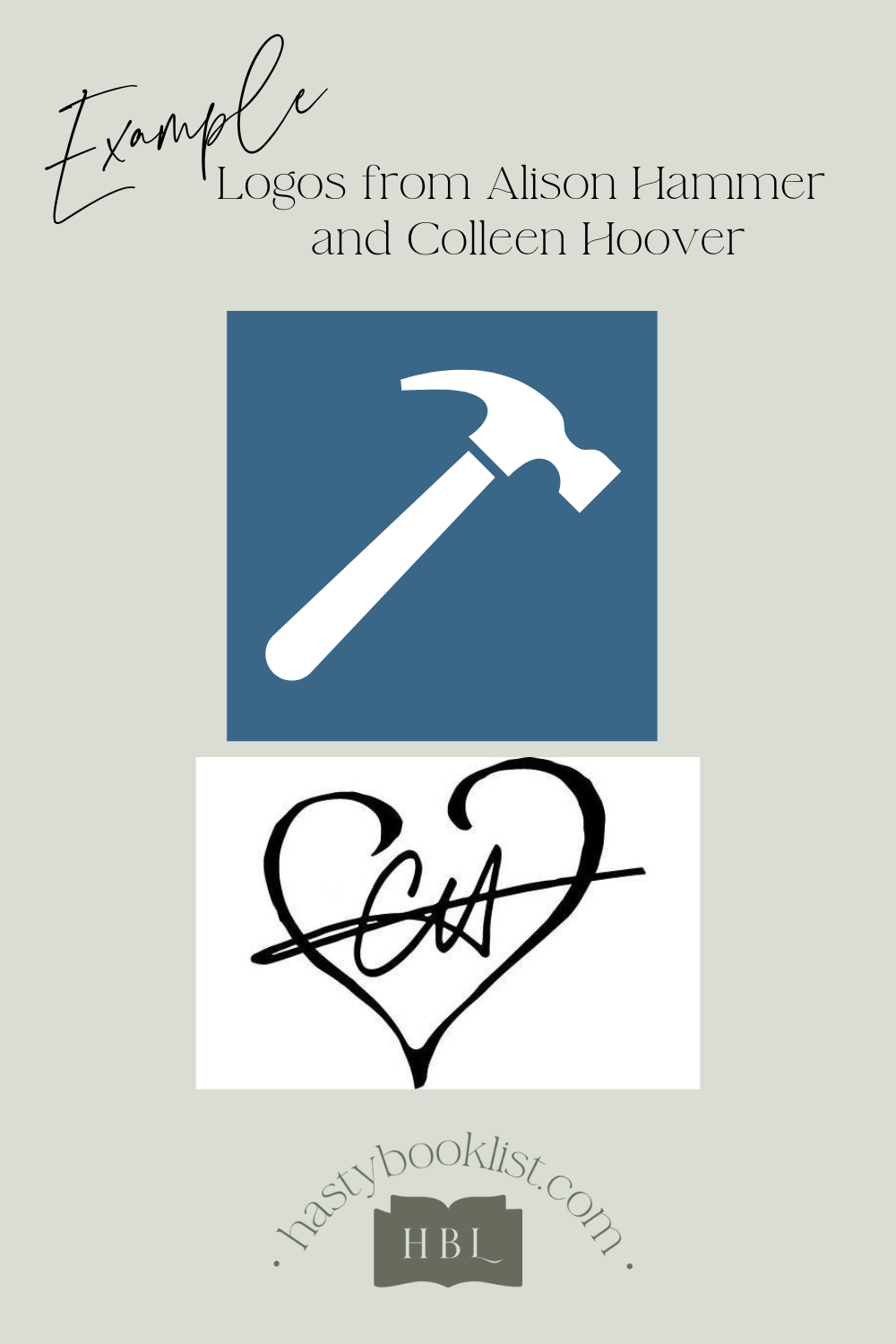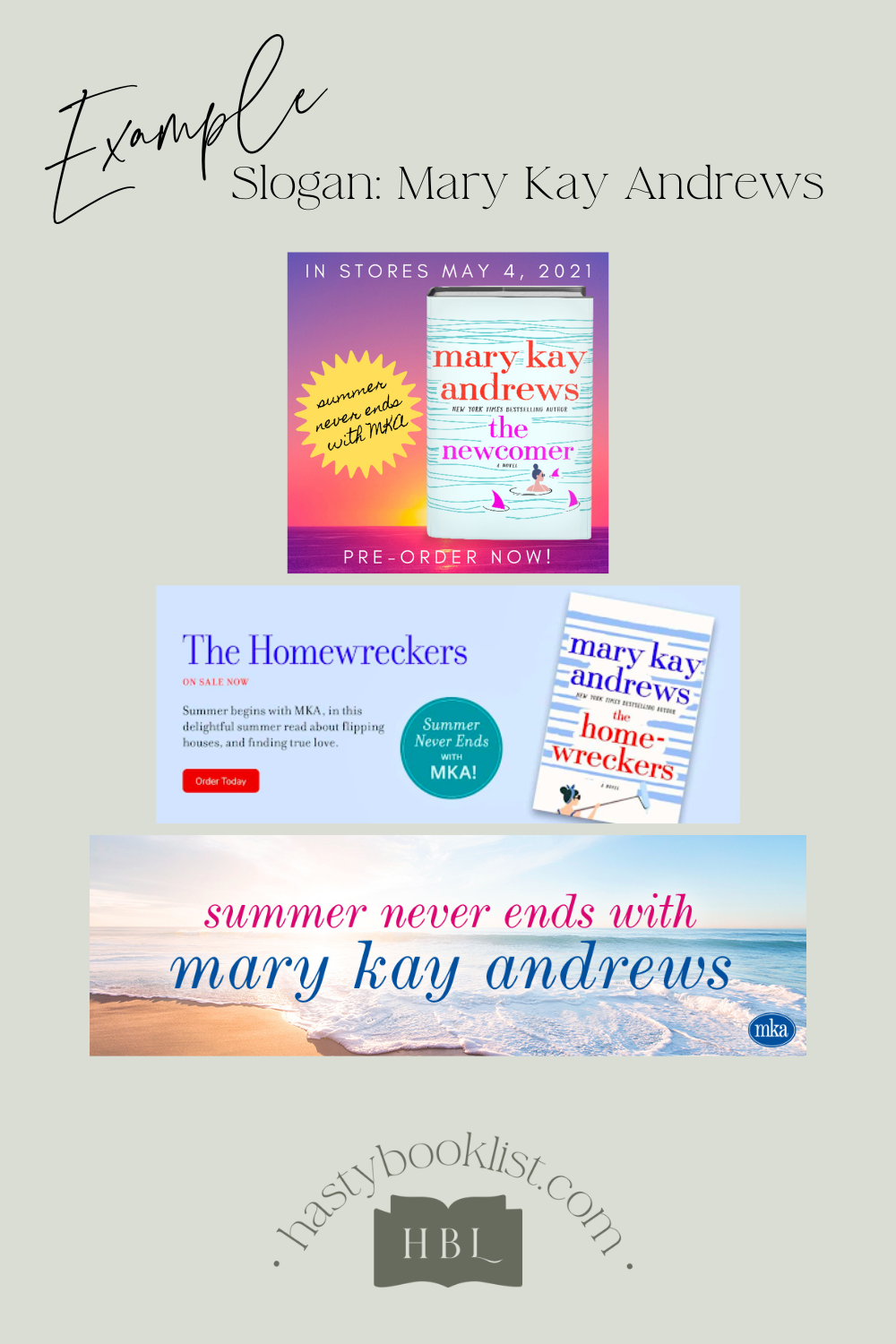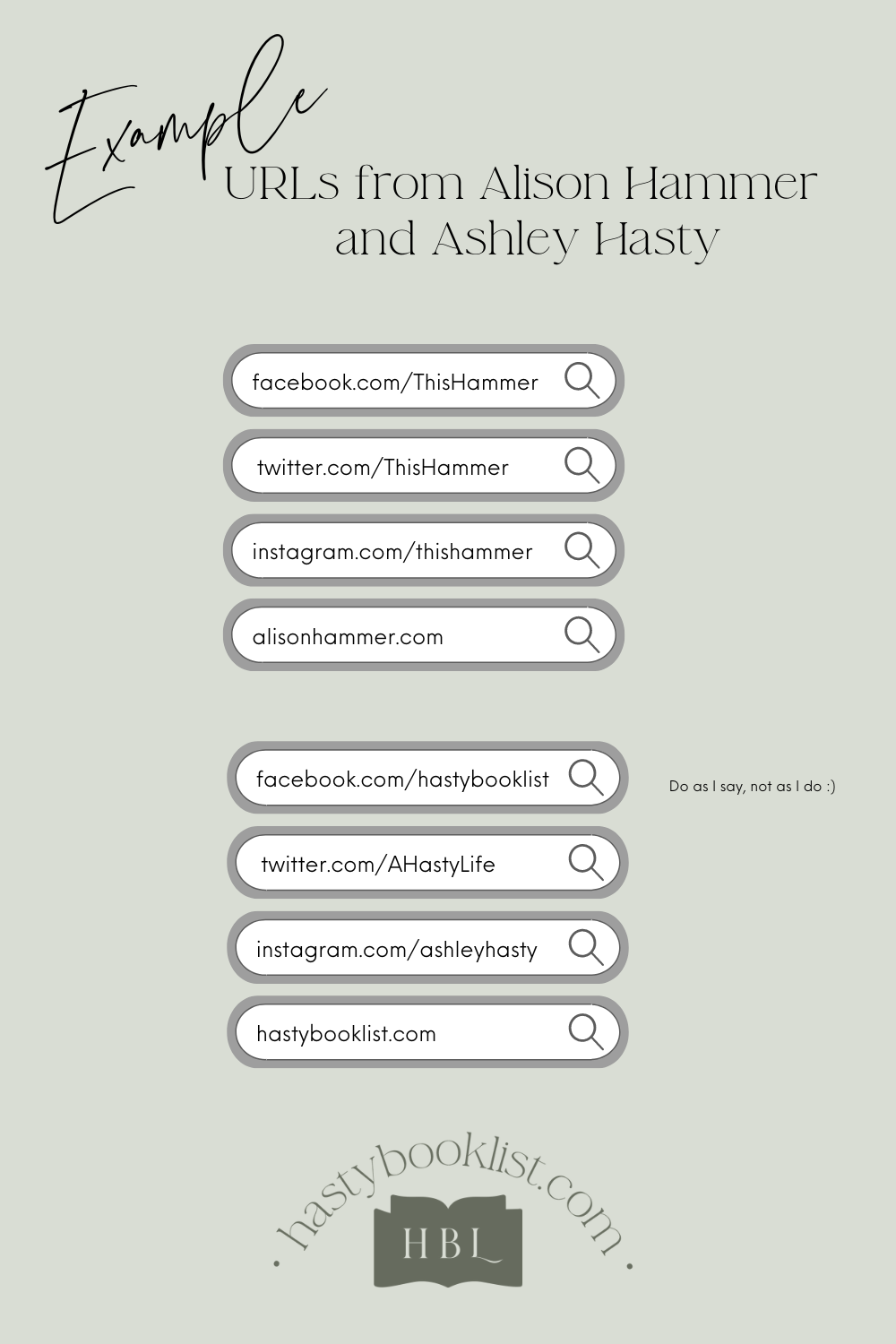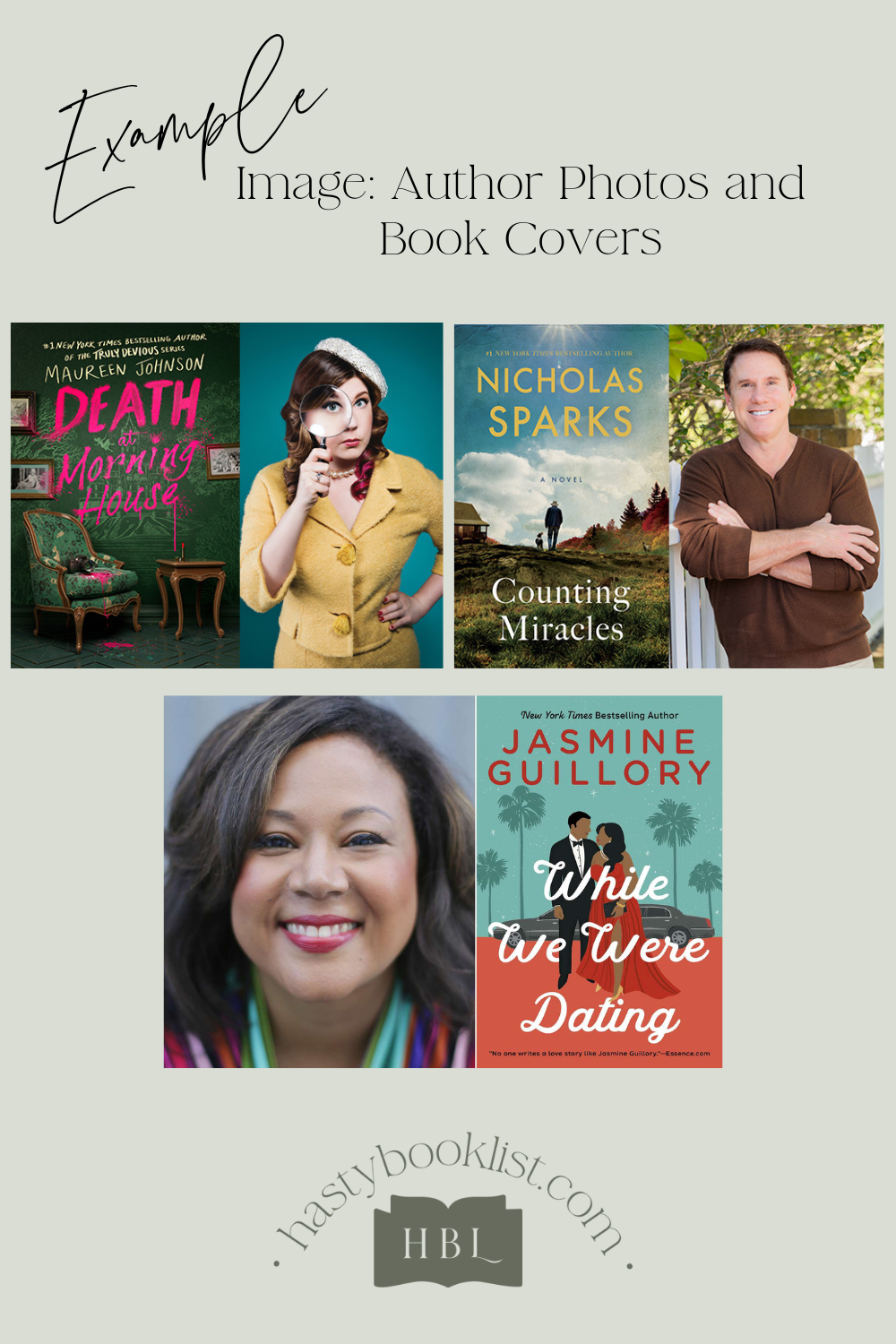Branding Basics for Novelists
Branding Basics for Novelists: Building Your Author Brand with Key Elements
As an author, your brand is more than just your books; it's the way you present yourself to the world. I know this as both a book blogger who works with hundreds of publicists and has interviewed over 600 authors, as well as a college lecturer on brand management at places such as Indiana University and Loyola University.
A strong author brand can help you stand out in a crowded market, connect with readers, and build a loyal following. If you haven’t already, check out my Author Branding Tips for an overview of why branding is important for an author. This is a guide on how to brand yourself effectively using essential brand elements: Name, Logo, Slogan, URL, Colors, Tone/Personality, and Image.
1. Name
Your name is your primary identifier and should be consistent across all platforms. Consider the following:
Consistency: Use the same name on your books, social media, website, and marketing materials. If you write under a pen name, ensure it's easy to remember and spell.
Recognition: Your name should be easily recognizable and memorable. If you have a common name, consider using a middle initial or unique variation.
2. Logo
A logo is a visual representation of your brand. For more detailed information, I have a whole blog post on author logos. While not all authors have logos, they can be a powerful branding tool:
Design: Keep it simple and relevant to your genre. For example, a romance author might use elegant script, while a thriller writer might opt for bold, stark designs.
Versatility: Ensure your logo looks good in different sizes and formats, whether on a book cover, website, or social media profile.
Professionalism: Consider hiring a professional designer to create a high-quality logo that reflects your brand's essence.
One of my favorite example of an author “logo” is from Alison Hammer. who uses a play on her last name with a white hammer on a blue background to help with name recognition and memorability. Alison is an SVP Creative Director and has over 20 years of experience in advertising so it is no wonder she does a great job with branding herself. Another example of an author logo is from Colleen Hoover which includes her initials and a heart to illustrate the genre in which she writes.
3. Slogan
A slogan is a short, memorable phrase that encapsulates your brand. It should convey the unique value you offer to your readers:
Brevity: Keep it concise and to the point.
Emotion: Evoke an emotional response that aligns with your writing. For example, "Unlocking Worlds of Imagination" for a fantasy author.
Uniqueness: Make it distinct and reflective of your personal writing style and themes.
Check out the examples below for how Mary Kay Andrews used her slogan, “Summer Never Ends with MKA” three different ways. Similarly, Alison Hammer uses “This Hammer” for her URLs which we discuss next. Although this isn’t a slogan she uses on promotional material, in person she uses the quip. “I’m this hammer, not that hammer.” And I’ve never forgotten it.
4. URL
Your website is the hub of your online presence. A strong URL is essential for branding:
Simplicity: Choose a URL that's easy to remember and spell. Ideally, it should be your name or pen name.
Consistency: Match your URL with your name across social media and other online platforms.
Professionalism: Opt for a .com domain if possible, as it’s the most recognized and trusted.
You can see in this example how Alison Hammer uses her “slogan” consistently across all social media platforms. It is easy to remember, spell, and relates to her name. I’ve used myself as an example of what not to do. As a result of starting my accounts as personal accounts and at different times in my life, each of my social media platforms has a different name, making me harder to find and my name more difficult to remember.
If you want to hire a website designer, let me recommend Nathan Peck.
5. Colors
Colors can evoke specific emotions and associations, making them a crucial element of your brand:
Palette: Choose a color palette that reflects the tone of your writing. Soft pastels might suit a romance author, while dark, bold colors might be better for a mystery writer.
Consistency: Use your chosen colors consistently across your website, social media, book covers, and marketing materials.
Psychology: Understand the psychology of colors to choose ones that convey the right message. For instance, blue often represents trust and calmness, while red can signify passion and excitement.
In the examples below, notice how Emily Henry, author of romantic comedies, chose bright, candy-like colors that reflect that genre as compared to Gillian Flynn, author of psychological thrillers, who chose a more dramatic, neon palette. Other color palettes you might consider are pastels, earth tones, jewel tones, muted vs. bright, warm vs. cool, soft vs. vibrant. The options are endless. For more, check out this blog post on Creating a Color Palette for Your Author Brand.
6. Tone/Personality
Your tone and personality should shine through in all your communications, from your books to your social media posts:
Voice: Develop a unique voice that reflects your writing style and resonates with your audience. Whether it's humorous, serious, inspirational, or mysterious, consistency is key.
Engagement: Engage with your readers in a way that feels authentic. Share insights, behind-the-scenes looks, and personal stories to build a connection.
Adaptability: While maintaining consistency, adapt your tone slightly to fit different platforms. For example, your tone on Twitter might be more casual than on LinkedIn.
As authors, it is unlikely you need to work on/think about your voice. This is something you’ve been developing as you develop your craft, keep that tone of voice throughout your social media interactions as well. In the two examples below, one from Mary Laura Philpott and the other from Shea Ernshaw, you can see how different their tones are in their posts. You don’t even need to see the photos to get a sense of who they are as people, authors, brands. Both are sharing different aspects of their lives as authors.
7. Image
Your author image encompasses everything from your author photo to your online presence:
Author Photo: As discussed in our previous post, a professional, high-quality photo that reflects your brand is essential. Read my post on Capturing the Perfect Author Photo for more on this topic.
Social Media Presence: Use consistent imagery and style across all your social media profiles. Your profile pictures, cover images, and posts should all align with your brand.
Book Covers: Your book covers should also reflect your brand, using your chosen colors, fonts, and imagery style.
Take a look at the examples below from Maureen Johnson, Nicholas Sparks, and Jasmine Guillory. They’ve each taken a very different approaches to their author image but they all coordinate nicely with their book covers. Maureen Johnson has a fun, quirky author photo taken in a studio setting that coordinates with her book color by using a cohesive jewel tone color palette. Nicholas Sparks chose a relaxed author photo taken in an outdoor setting and he chose a neutral color palette. Jasmine Guillory should offer a master class in coordinating your outfit with your book - I love how the teal and rust of her book are reflected in the stripes of her outfit.
Building a strong author brand involves more than just writing great books. By carefully considering and consistently applying these brand elements—Name, Logo, Slogan, URL, Colors, Tone/Personality, and Image—you can create a cohesive and compelling author brand that resonates with readers and helps you stand out in the literary world.
Remember, your brand is your promise to your readers. It tells them what they can expect from you and your books. Make it memorable, make it authentic, and make it you.
